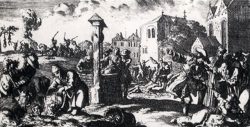The Edict of rigour (1661-1685)
While the Catholic clergy launched missions for the conversion of Protestants, Louis XIV set up a policy that restricted the scope of the Edict of Nantes and then launched a campaign of intimidation by the means of “dragonnades” that aimed at eradicating Protestantism from the kingdom.
From legal persecution to violent repression
As planned, Louis XIV gradually stifled Protestantism. His attitude towards the latter was dictated the demands of his foreign policy dictated. The Catholic clergy undertook a policy of conversion of Protestants to Catholicism and used arguments that reduced the theological differences between them to a minimum. Missions aiming at conversion were accompanied by offers of various social benefits to the new converts.
Under the initiative of bishops, the parliaments began to harass Protestants by on legal grounds by enforcement of the Edict of Nantes. The slightest irregularities were looked for and used as a pretext for closing down Protestant churches.
The king gradually restricted the Edict by limiting freedom of worship, free access of Protestants to some professions and even freedom of conscience.
Protestant resistance was limited and passive. It began in 1683 when the lawyer Claude Brousson called for secret assemblies amongst the rubble of destroyed churches. This, however, was forbidden.
Violent repression by means of dragonnades began in the Poitou in 1681.The king’s soldiers were forcibly boarded in Protestant homes and obliged the Protestants to feed and pay them. They sold or destroyed the furniture, ill-treated their hosts and even the children until they abjured. The dragonnades became widespread south of the Loire in 1685.
As a result, Protestants converted in large numbers or fled abroad – despite royal interdiction – to the countries of refuge.
Bibliography
- Books
- CARBONNIER-BURKARD Marianne et CABANEL Patrick, Une histoire des protestants en France, Desclée de Brouwer, Paris, 1998
Associated tours
-
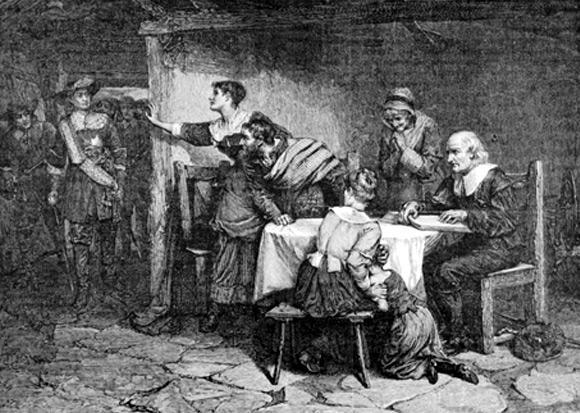
The rigorous edict (1661-1685)
As the Catholic clergy launched missions for the conversion of Protestants, Louis XIV implemented policies aiming to reduce and eventually put an end to Protestantism in the Kingdom. He began...
Associated notes
-
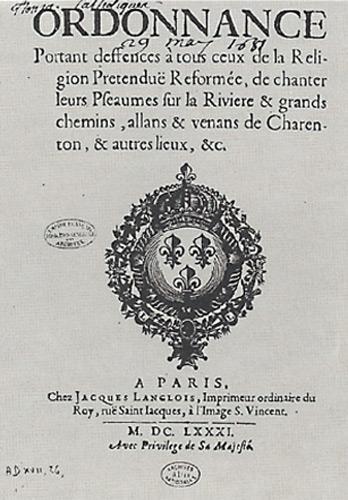
Legal harassment (1661-1685)
Under pressure from the clergy, and so as to force Protestants to conversion, Louis XIV implemented the Edict of Nantes in a more and more restricted way. Hence the term... -

The Protestant resistance (1661-1700)
The Protestants were prisoners of their own loyalty to the King. This is why they showed little resistance to the restrictive measures taken against them by Louis XIV. -
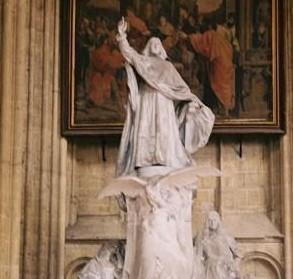
The conversion policy (1660-1685)
While the edict was “rigorously” enforced, the Catholic Church used peaceful means to prompt Protestants to convert. These included the proposal of financial means. -
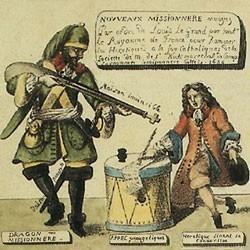
The "Dragonnades" (1681-1685)
A “Dragonnade” was the forced lodging of dragoons, the king’s soldiers, in Huguenot homes. The latter were looted and mistreated until they renounced their faith. -

A seeming lull (1630-1660)
After the Alès peace treaty, Richelieu tried to get the Protestants back into the Catholic Church. Under the rule of Mazarin, because of the necessities of France’s foreign policy and...

